What Is Beetle Juice for Warts?
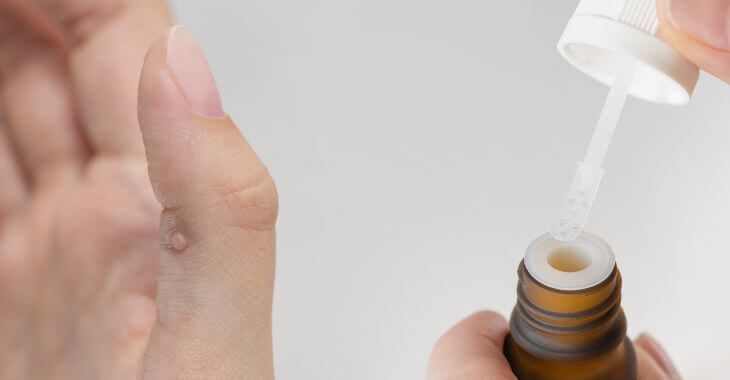
When it comes to removing warts, especially stubborn or recurring ones, many people are turning to an unusual but effective treatment: beetle juice for warts. Also known as blister beetle juice for warts, this treatment uses a unique compound derived from a specific type of beetle to target and remove warts.
What Is Beetle Juice for Warts and How Does It Work?
Beetle juice for warts refers to a solution containing cantharidin, a chemical extracted from blister beetles known for its ability to create blisters on the skin. Cantharidin works by causing the skin under the wart to blister, ultimately lifting the wart away from the skin.
During treatment, a medical professional applies a small amount of cantharidin to the wart. Once applied, the skin will form a blister around the wart within a few hours or days. The wart is then lifted as the skin heals, leaving the treated area smooth and clear.
This controlled blistering process essentially “lifts” the wart out, allowing the skin underneath to heal and preventing the wart from regrowing. It’s a minimally invasive, effective method for wart removal and typically painless during application, though mild discomfort may follow as the blister forms.
Why Is Blister Beetle Juice for Warts Effective?
Blister beetle juice for warts is highly effective because it targets the root of the wart, which is caused by the human papillomavirus (HPV). By creating a blister, beetle juice isolates the wart, causing the infected skin to separate and shed from healthy tissue.
Beetle juice treatment is often favored for stubborn warts that don’t respond well to other treatments, such as salicylic acid or cryotherapy. Compared to freezing or chemical treatments, cantharidin is known to cause fewer side effects and leaves minimal scarring, making it a preferred choice.
For patients with multiple warts, beetle juice can often treat them simultaneously, making it efficient and convenient. Unlike treatments requiring daily application, beetle juice only needs one or two applications, with follow-up visits as needed, making it a less burdensome option.
What to Expect During Beetle Juice Treatment
If you’re considering beetle juice for warts, understanding the process can help you prepare. Here’s what typically happens during treatment:
- Application: A healthcare provider applies a small amount of cantharidin solution directly onto the wart, avoiding surrounding healthy skin.
- Covering the Wart: After application, the wart is often covered with a bandage to protect the area as the blister forms. This also prevents accidental contact with other parts of the skin.
- Blister Formation: Within 24-48 hours, a blister should form around the wart. This is a sign that the treatment is working. The blister may feel tender or cause mild discomfort, similar to a minor skin irritation.
- Blister Healing: Over the next week or so, the blister will dry up, and the wart tissue will begin to peel away, often on its own. In some cases, a healthcare provider may need to remove the dead skin to fully clear the wart.
- Follow-Up: In some cases, a follow-up visit may be necessary to check the treated area and ensure the wart has been fully removed. If the wart persists, another application may be done.
For most people, beetle juice treatment is straightforward and has few side effects. However, slight swelling, itching, or discomfort around the blistered area is common as the skin heals. In rare cases, a mild infection could occur if the blister is disturbed, so keeping it clean and dry is essential.
Advantages of Using Beetle Juice for Warts
Using beetle juice for warts offers several advantages compared to other wart treatments. Here are a few reasons why many patients and healthcare providers prefer it:
- Less Scarring: Beetle juice treatment usually leaves minimal to no scarring, making it ideal for visible areas like hands and feet.
- Efficient: Unlike over-the-counter wart treatments that require frequent applications, beetle juice often requires only one or two treatments.
- Pain-Free Application: Cantharidin is painless when applied, making it a suitable option for children or those sensitive to pain.
- Targets HPV: By removing the infected tissue, beetle juice helps reduce the likelihood of recurrence, effectively targeting the HPV virus within the wart.
Who Is a Good Candidate for Beetle Juice Treatment?
Blister beetle juice for warts is effective for most people, but certain factors can determine if it’s the right treatment. Children and adults with stubborn or recurring warts that haven’t responded to other treatments are often ideal candidates.
However, beetle juice may not be recommended for people with certain skin conditions or those allergic to cantharidin. Pregnant or breastfeeding women should consult their healthcare provider before considering cantharidin treatment.
Is Beetle Juice Safe?
When used under the guidance of a qualified medical professional, beetle juice for warts is safe and effective. Cantharidin, the active ingredient, is toxic if ingested, so treatments are only administered in a medical setting to avoid accidental exposure.
Is Beetle Juice for Warts Right for You?
For those struggling with persistent warts, beetle juice for warts can be a safe, effective, and fast solution. By using blister beetle juice, this treatment lifts the wart, reduces HPV’s presence, and helps prevent recurrence. With minimal side effects, it is often an ideal choice for wart removal.
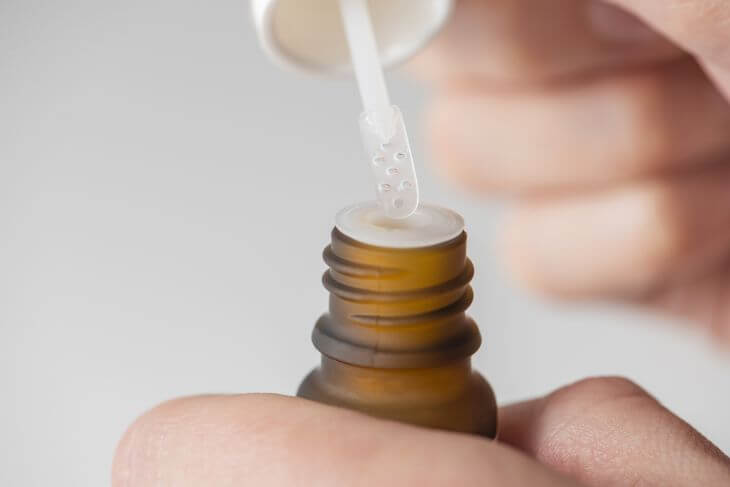
If you’re considering beetle juice as a treatment, consult a healthcare professional for guidance. They can assess your specific needs and help determine if cantharidin treatment is right for you.
The information provided on this website, including text, graphics, images, and other materials, is intended solely for informational purposes and should not be used as a substitute for professional medical advice, diagnosis, or treatment.
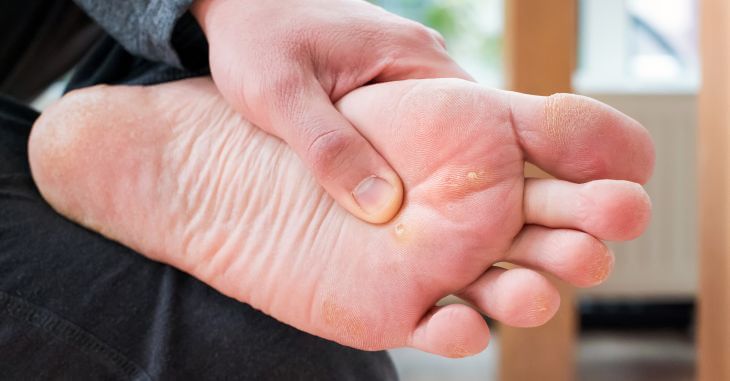
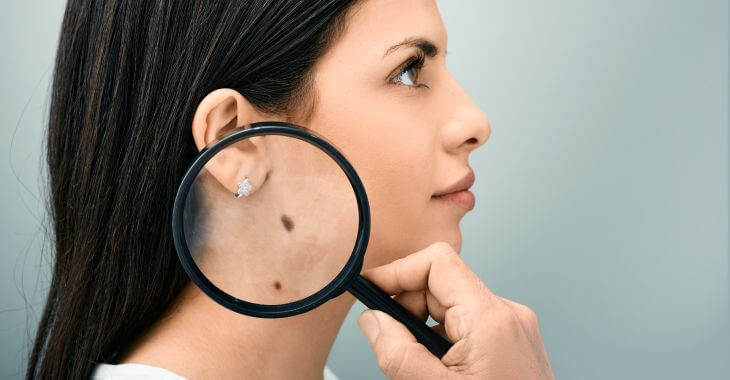
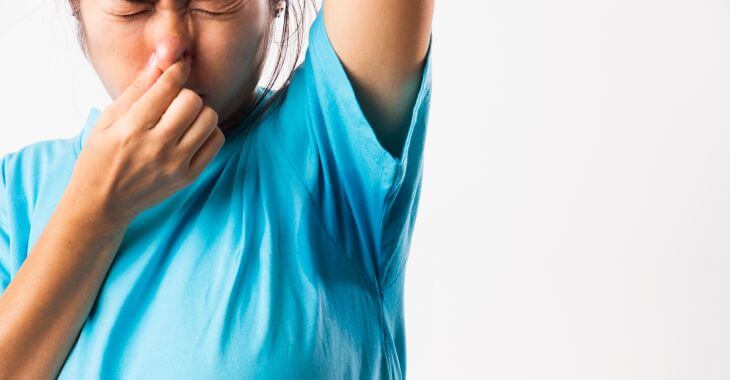

)